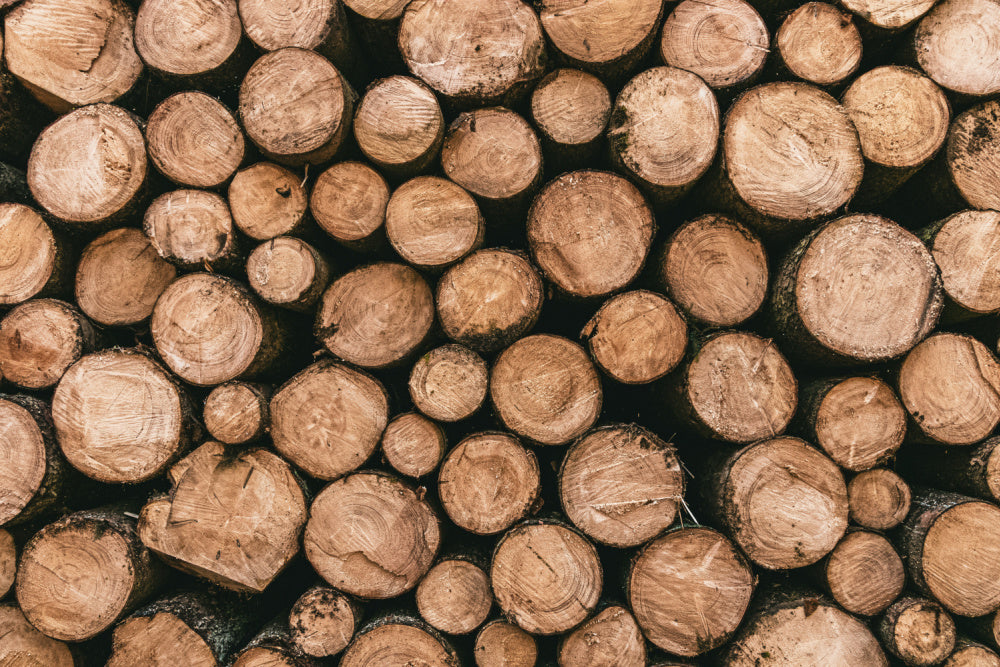Drying or seasoning wood is crucial in preparing it for log furniture construction. Properly seasoned wood helps prevent warping, cracking, and shrinking as the wood dries. Here's a general guide on how to season wood for log furniture.
Harvesting:
Select logs suitable for your project. Choose straight and healthy logs and avoid those with signs of decay or insect damage. Harvest logs in late fall or winter when the sap content is lower.
Debarking:
Remove the bark from the logs. Bark can trap moisture and slow down the drying process. You can remove the bark with your Lumberjack Tools Draw Knife.
Cutting to Length:
Cut the logs to the desired length for your furniture pieces.
Seal the Ends:
To prevent excessive moisture loss from the ends of the logs, consider sealing the cut ends with a commercial wood sealer or a mixture of wax and paint.
Stacking:
Stack the logs in a well-ventilated area with good air circulation, outdoors or covered, depending on your climate. Use spacers between the logs to allow air to circulate.
Elevate the Stack:
Elevate the bottom layer of logs slightly off the ground to prevent direct contact with moisture.
Cover the Top:
Cover the top of the log stack with a tarp or other roof to protect it from rain while allowing air circulation.
Patience:
Allow the logs to air-dry naturally. The drying process can take several months to a few years, depending on the species of wood and local climate conditions.
Check the moisture content periodically using a moisture meter, such as the Mini-Ligno M/D Moisture Meter. The target moisture content for log furniture is typically between 6% and 12%. Click on Optimal Moisture Levels for Rustic Log Furniture to learn more about the optimal moisture content.

Protect from Direct Sunlight:
While drying the logs, protect them from direct sunlight. Prolonged sun exposure can cause the wood to dry too quickly and could crack.
Use a Dehumidifier:
Consider using a dehumidifier in the drying area in humid climates to help control the moisture level.
Remember that the key to successful wood seasoning is patience and allowing the logs to dry gradually. Rushing the process may lead to problems with the final quality of the wood.

